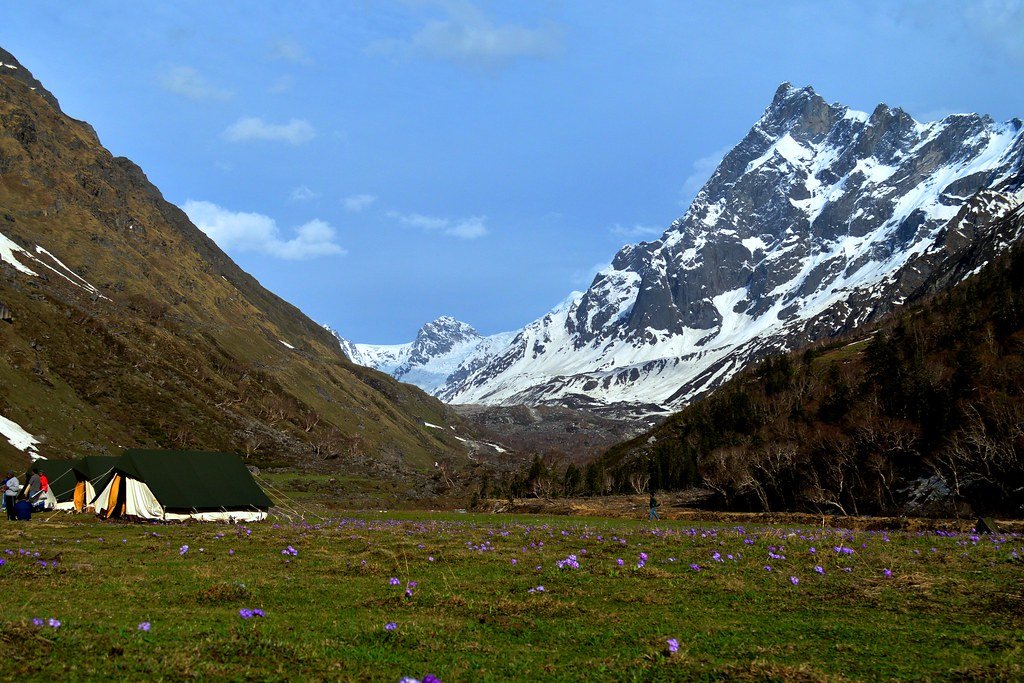Chitkul: Last Village Of India | Sangla Valley | Chitkul Himachal Pradesh | How To Reach
Chitkul, a picturesque village in Himachal Pradesh, is renowned as the last inhabited village near the Indo-China border. Nestled in the Kinnaur Valley, it offers breathtaking views of the snow-capped Himalayas and the Baspa River flowing alongside. The village is known for its serene beauty, with traditional wooden houses, lush greenery, and a tranquil atmosphere. Chitkul is a paradise for nature lovers and trekkers, with numerous trekking routes that offer stunning vistas of the surrounding mountains and valleys. The village also provides a glimpse into the local Kinnauri culture and lifestyle, making it a must-visit destination for those seeking an offbeat and immersive experience in the lap of nature.
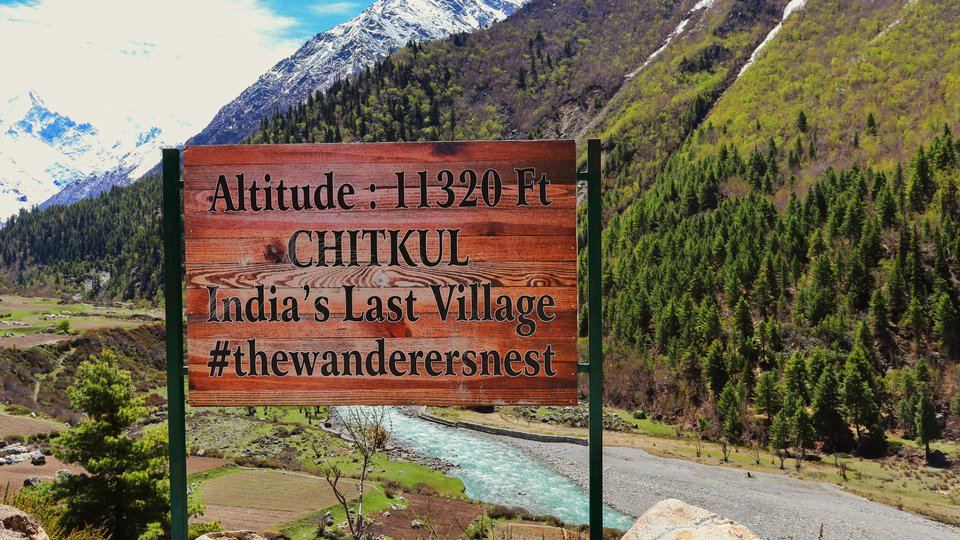
Best Places To Visit In Chitkul:
Chitkul, in Himachal Pradesh, is a charming village offering stunning Himalayan views, traditional wooden houses, and rich culture. Surrounded by apple orchards and fields, it provides a peaceful retreat and trekking opportunities, appealing to nature lovers and trekkers.
Here are some places to visit in Chitkul:
1. Chitkul Village
Chitkul, renowned as the “Last Village of India,” is a charming hamlet nestled in Himachal Pradesh’s Kinnaur district. Situated at an altitude of 11,320 feet, it stands as the final inhabited settlement before the Indo-Tibetan border. Surrounded by towering snow-clad peaks, Chitkul offers mesmerizing vistas of the Himalayas, making it a haven for nature lovers and trekkers alike. Its allure is further enhanced by traditional wooden houses, the Bhima Kali Temple, and the pristine Baspa River meandering through the village. Visitors can immerse themselves in the idyllic landscapes, engage with the welcoming locals, and revel in the tranquil beauty of this secluded Himalayan retreat. Whether you seek solitude or adventure, Chitkul guarantees an unforgettable sojourn in nature’s embrace.
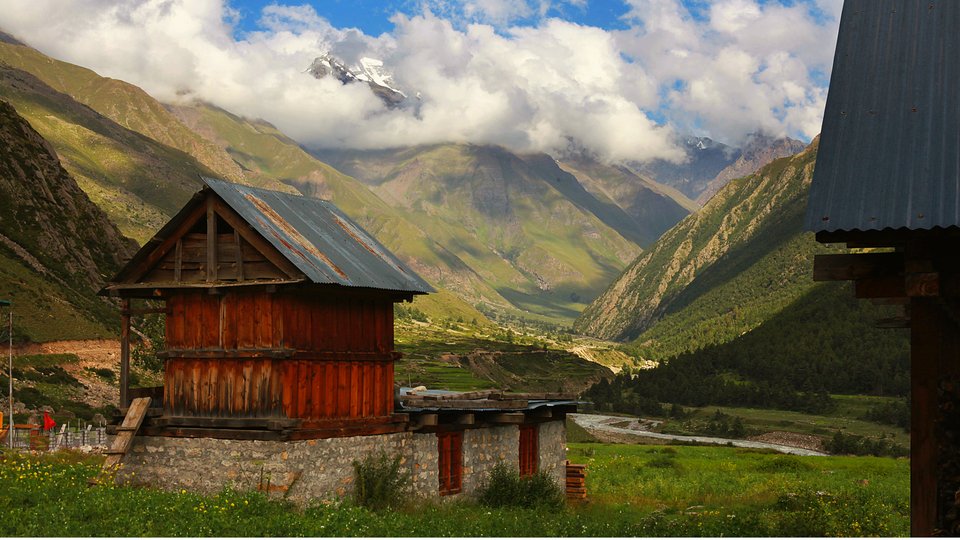
2. Mathi Temple
The Mathi Temple is steeped in rich history and spiritual significance. Nestled in the picturesque village of Chitkul in Himachal Pradesh’s Kinnaur district, Dedicated to Goddess Mathi, the revered local deity of the Kinnaur region, this ancient temple has been a center of worship for centuries. Chitkul, often called the “Land of Gods,” is renowned as the first village of the Baspa Valley, standing proudly at an impressive altitude of 3,500 feet above sea level. The Mathi Temple holds immense significance for the locals, who believe that the presence of Goddess Mathi has blessed their land, ensuring prosperity. One of the most striking features of the Mathi Temple is its unique architecture. Unlike traditional Hindu temples, it boasts an ark crafted from walnut wood, draped in clothes, and adorned with a tuft of yak tail. This distinctive design sets it apart and adds to its allure, making it a must-visit destination for those exploring the spiritual and cultural heritage of the region.
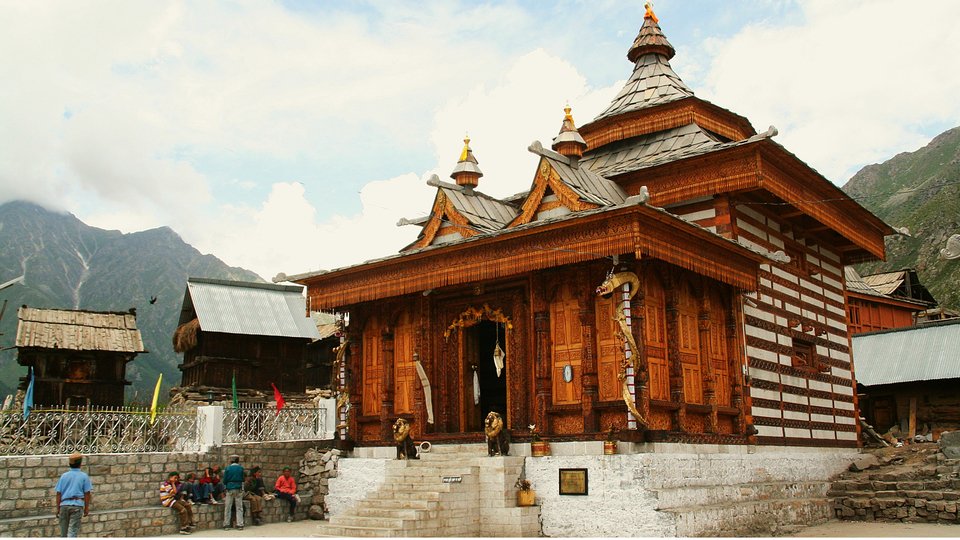
Timings: Open from 9 am to 5 pm every day.
3. Rakcham
Rakcham is a serene village in Himachal Pradesh, located 23 kilometers from Chitkul, the last Indian village before the Tibetan border. Nestled in the Baspa Valley, Rakcham is known for its remote and tranquil setting. The village is surrounded by lush vegetation and offers stunning views of the Kinnaur Kailasha mountains. Rakcham stands out for its lack of postal services and internet access, adding to its secluded charm. Tourists can enjoy beautiful sunrises, engage in trekking and camping along the Baspa River, and savor local cuisine. The Rakcham-Chitkul Sanctuary, located nearby, is a haven for trekkers and nature lovers, covering an area of 34 square kilometers.
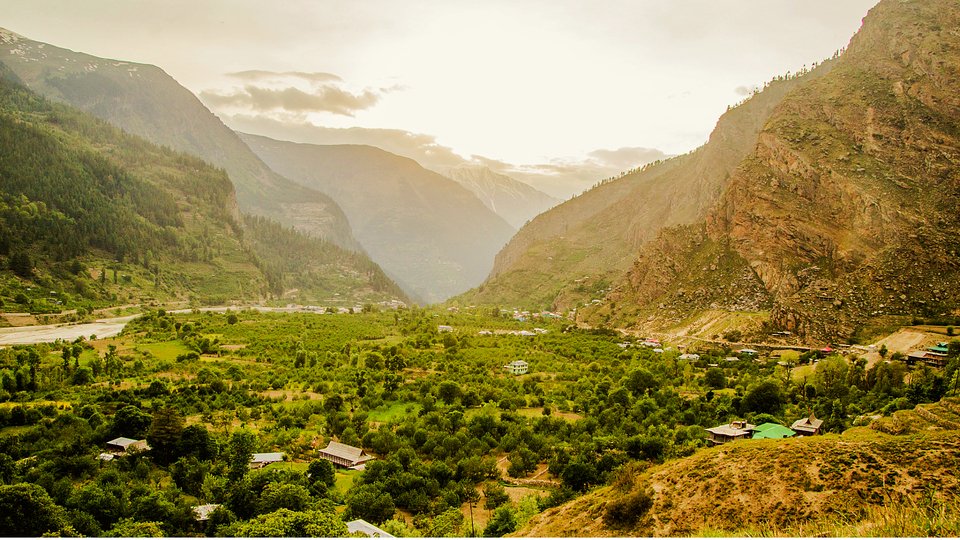
4. Baspa River
The Baspa River, also known as the Sangla River, begins near the Indo-Chinese border and flows through Himachal Pradesh’s Baspa Valley, renowned for its stunning beauty in the Himalayas. The valley’s head is marked by the Chung Sakhago Pass, with the river being fed by perennial glaciers and sharing its catchment area with the Ganges. Chitkul, a picturesque village on the Baspa River’s right bank, is the last inhabited village in the valley. Situated near the Indo-Tibetan border, Chitkul sits at 3,450 meters (11,319 feet) above sea level. Known as the “last village of India,” it holds this distinction due to its remote location and status as the final accessible settlement without a permit. Chitkul offers breathtaking views of the Baspa River and serves as a gateway to the pristine beauty of the Himalayas.
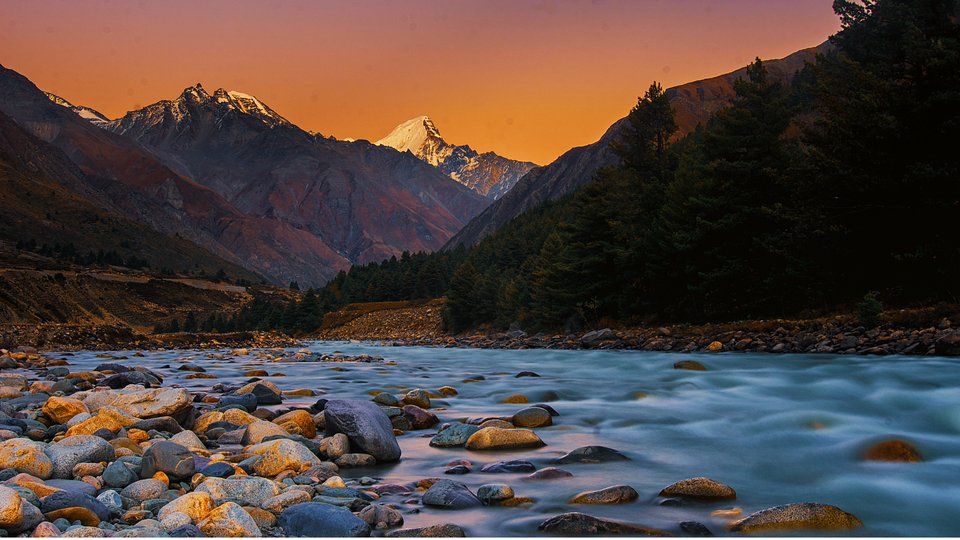
5. Chitkul Meadows
Chitkul Meadows in Chitkul, Himachal Pradesh, is a pristine expanse of lush greenery set against the backdrop of the majestic Himalayan mountains. Situated near the Indo-Tibetan border, these meadows offer a serene retreat for nature lovers and adventurers alike. The meadows are adorned with colorful alpine flowers during the summer months, creating a picturesque landscape. Visitors can enjoy leisurely walks, picnics, and photography amidst this natural paradise. The tranquility and beauty of Chitkul Meadows make it a must-visit destination for those seeking peace and rejuvenation in the lap of nature.
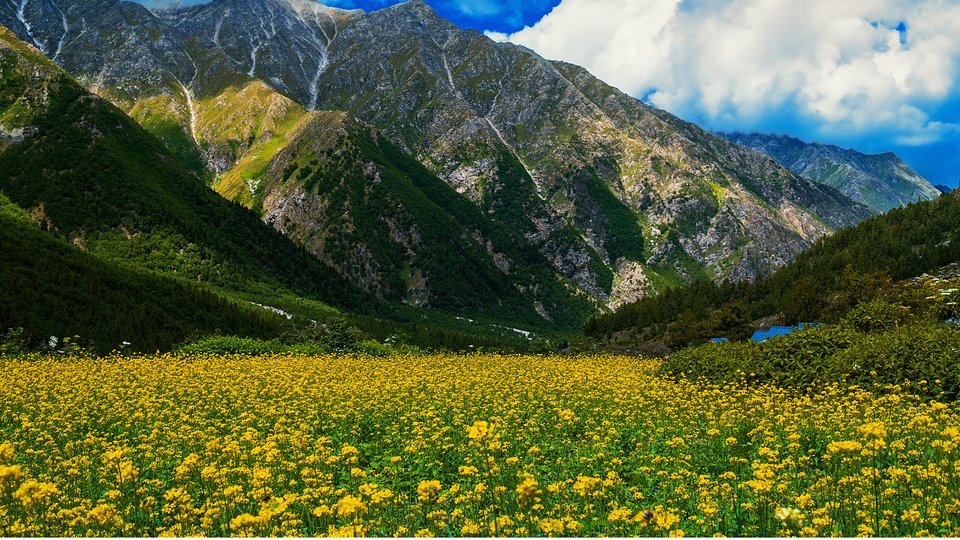
6. Kamru Fort
Kamru Fort, located in Chitkul, Himachal Pradesh, is a historic marvel that offers a glimpse into the region’s rich past. Situated at an altitude of 2,600 meters (8,500 feet) above sea level, the fort is a stunning example of traditional Himachali architecture. It is believed to have been built in the 15th century and served as the ancestral home of the rulers of the former Bushahr State. The fort is known for its intricate woodwork, beautifully carved balconies, and ancient shrines dedicated to Hindu deities. Visitors can explore the fort’s majestic interiors, which include a spacious courtyard and a temple dedicated to Kamakhya Devi. The fort also offers panoramic views of the surrounding mountains and valleys, making it a popular destination for history buffs and nature enthusiasts alike.
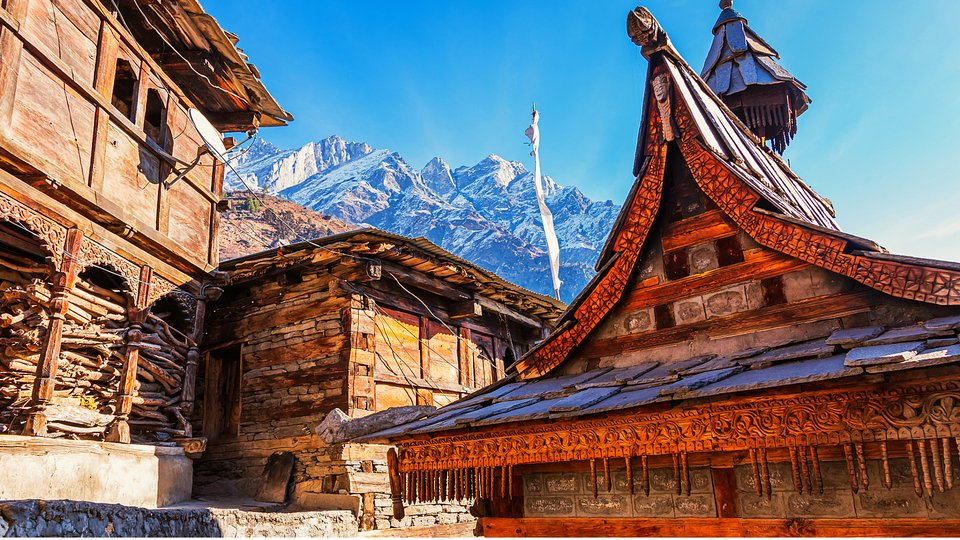
7. Sangla Valley
Sangla Valley, also known as Baspa Valley, is a mesmerizing region nestled in Himachal Pradesh’s Kinnaur district, India. Let’s uncover the captivating beauty of Sangla Valley and its neighboring gem, Chitkul Location Situated in the heart of the Himalayas, Sangla Valley is surrounded by forested slopes and snow-capped peaks. Baspa River The valley is embraced by the Baspa River, which gracefully meanders through its entire length. Scenic Beauty Picture lush apple orchards, apricot trees, and glacial streams teeming with trout fish. The landscape is a stunning display of nature’s marvels. Sangla Town Serving as the largest town in the valley, Sangla offers modern amenities such as restaurants, hotels, ATMs, and more. Historical Significance Until 1989, Sangla Valley was restricted, requiring special permission for outsiders to enter due to its strategic location. Now, tourists can freely explore the valley and even drive all the way to Chitkul.

8. Bering Nag Temple
Nestled in the heart of Sangla Valley, the Bering Nag Temple is a revered religious site dedicated to the local deity. This ancient wooden temple is a marvel of architecture, adorned with intricate carvings and vibrant paintings. It holds immense significance for the villagers, who worship Lord Jagas (also known as Lord Shiva) here, praying for the well-being of the village and its inhabitants. The temple’s tranquil location amidst apple orchards and against the backdrop of majestic mountains enhances its spiritual ambiance. If you visit between August and September, don’t miss the famous Fulaich fair, celebrated annually in this serene setting. Whether you seek solace or wish to explore the rich cultural heritage of Himachal Pradesh, the Bering Nag Temple in Chitkul welcomes you to experience its spiritual aura.

Timings: Open from 9 am to 5 pm.
9. Batseri
Batseri, a charming village in the Sangla Valley of Himachal Pradesh, offers a unique blend of natural beauty and traditional architecture. Located in the Kalpa Tehsil of the Kinnaur District, about 8 kilometers from Sangla, Batseri is surrounded by snow-capped mountains and the Baspa River. The village is known for its apple orchards, traditional wooden houses, and a temple dedicated to Lord Buddha. Accessible only by foot, Batseri provides a peaceful retreat from city life and is a great place to buy local handicrafts.
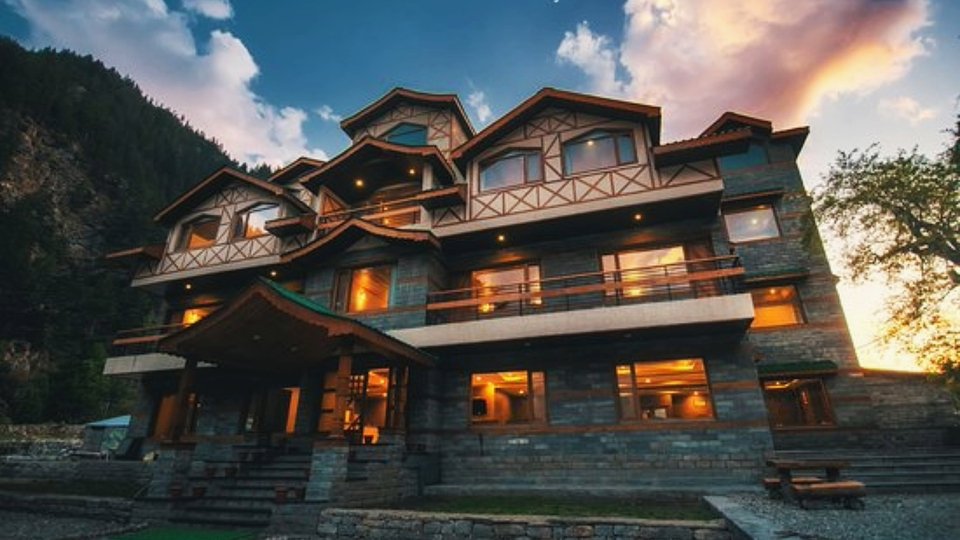
10. Borasu Pass Trek
The Borasu Pass Trek starting from Chitkul is a thrilling high-altitude adventure in the Kinnaur region of Himachal Pradesh. Spanning about 40 kilometers, the trek leads you to an elevation of 5,450 meters, offering breathtaking views of the Kinnaur-Garhwal mountains. Along the way, trekkers traverse diverse landscapes, from lush meadows to rugged terrain, and cross challenging obstacles like glaciers and steep slopes. This trek is ideal for adventure enthusiasts seeking a memorable Himalayan experience.
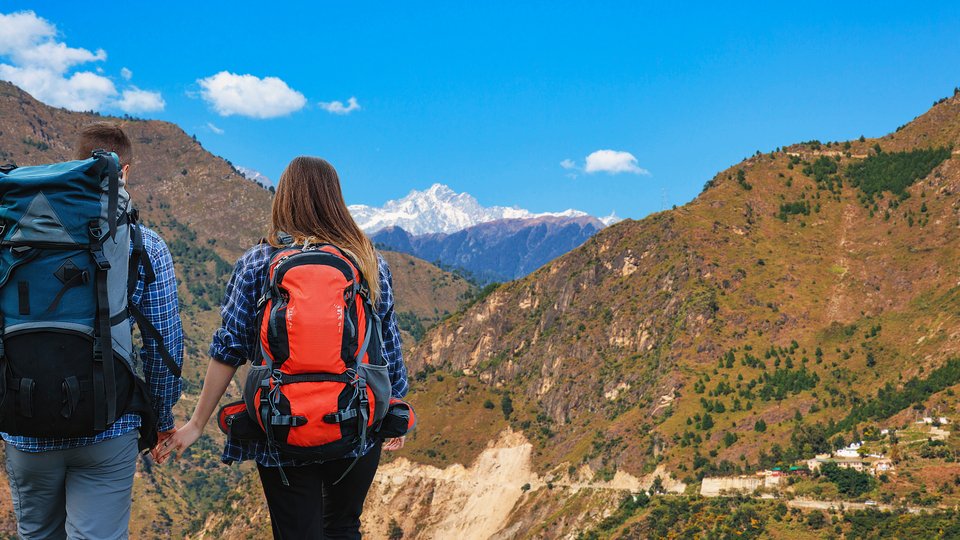
11. Buddhist Monastery
The Buddhist Monastery in Chitkul, Himachal Pradesh, is a peaceful and spiritually significant place nestled amidst the picturesque Himalayas. Adorned with traditional Tibetan architecture, the monastery exudes a serene ambiance. Visitors can witness monks engaging in prayer and meditation, offering a glimpse into Buddhist practices. Surrounded by stunning natural beauty, the monastery provides a tranquil escape for those seeking solace and spiritual rejuvenation in the mountains.
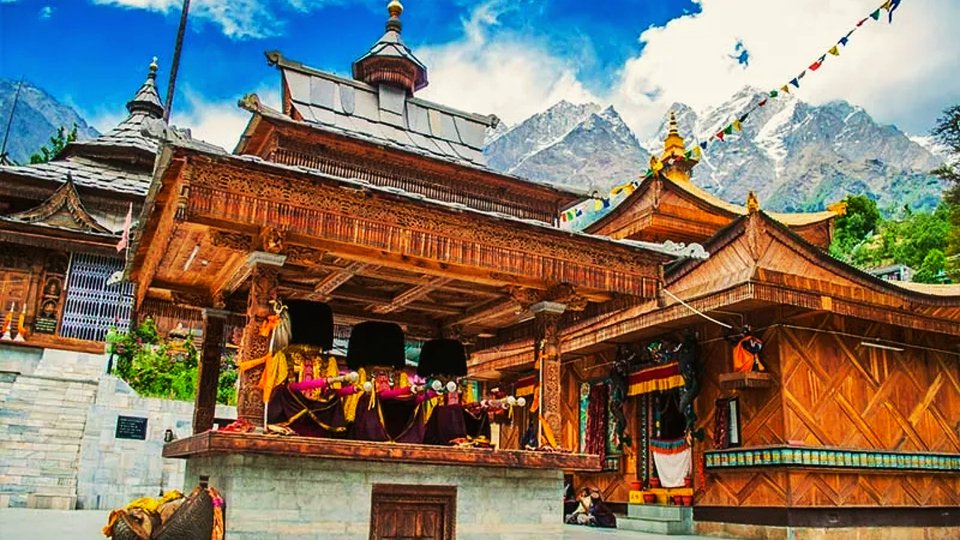
12. Aakhri Dhaba
Akhri Dhaba in Chitkul is a charming eatery offering a taste of local cuisine amidst the stunning Himalayan landscape. Located at the end of the road, it provides a unique dining experience for travelers exploring the region. The dhaba serves authentic Himachali dishes, prepared with local ingredients, giving visitors a glimpse into the rich culinary heritage of the area. With its warm hospitality and scenic surroundings, Akhri Dhaba is a must-visit for those seeking a taste of tradition in Chitkul.

These were some places to visit in chitkul. Hope you liked it. Have a safe journey!
How To Reach Chitkul
By Air: The nearest airport to Chitkul is in Shimla, approximately 250 kilometers away. From Shimla, you can hire a taxi or take a bus to reach Chitkul. The journey from Shimla to Chitkul takes around 8-10 hours.
By Road: Chitkul is well-connected by road to major cities like Shimla and Chandigarh. Regular buses and taxis ply between these cities and Chitkul. The road to Chitkul is scenic but can be challenging, especially during the winter months when snowfall is common.
Book A Cab: you can book a cab from our website along with a customized itinerary or can hire just a cab for your next trip. So just do hurry. Call Us On:- +911223577273
By Train: The nearest railway station to Chitkul is in Shimla, which is connected to major cities like Delhi and Chandigarh. From Shimla, you can take a bus or taxi to reach Chitkul.
Here’s a table summarizing some of the popular trains running from Delhi to Shimla along with their details:
| Train Name | Train Number | Departure Time | Arrival Time | Charges (Starting) |
|---|---|---|---|---|
| KALKA SHTBDI EX | 12005 | 05:15 PM | 09:15 PM | ₹1035 |
| KLK SHATABADI | 12011 | 07:40 AM | 11:40 AM | ₹690 |
| AADR VANDEBHARAT | 22447 | 05:50 AM | 08:40 AM | ₹845 |
| NDLS CDG SHTBDI | 12045 | 07:15 PM | 10:35 PM | ₹800 |
| UHL JANSHATABDI | 12057 | 02:35 PM | 06:38 PM | ₹150 |
| NETAJI EXPRESS | 12311 | 09:10 PM | 03:00 AM | ₹190 |
| PASCHIM EXPRESS | 12925 | 11:05 AM | 03:20 PM | ₹220 |
| DLI HSX EXP | 14011 | 06:30 PM | 11:28 PM | ₹710 |
| BDTS CDG SF EXP | 22451 | 10:20 AM | 02:15 PM | ₹125 |
| HIMACHAL EXP | 14553 | 10:50 PM | 05:23 AM | ₹220 |
| NED AADR SF EXP | 22709 | 10:25 AM | 02:20 PM | ₹220 |
| SNSI KALKA EXP | 22455 | 07:10 AM | 12:10 PM | ₹235 |
| INDB CDG EXP | 19307 | 11:20 PM | 05:00 AM | ₹225 |
Chitkul Weather & Temperature
Chitkul experiences a cold, temperate climate with four distinct seasons. Summers (April to June) are mild and pleasant, ideal for outdoor activities. Monsoons (July to September) bring moderate rainfall, making the region lush and green. Autumn (October to November) is cool and crisp, perfect for enjoying the changing foliage. Winters (December to March) are extremely cold, with heavy snowfall and temperatures dropping below freezing. It’s best to check the weather forecast before planning your trip, especially during the winter months.
Nearby Places To Visit To Chitkul
| City | Distance from Chitkul |
|---|---|
| Sangla | 20 kilometers |
| Kalpa | 70 kilometers |
| Reckong Peo | 80 kilometers |
| Sarahan | 100 kilometers |
| Rampur | 150 kilometers |
| Shimla | 250 kilometers |
| Kufri | 270 kilometers |
| Manali | 350 kilometers |
| Dharamshala | 400 kilometers |
| Chandigarh | 450 kilometers |
Frequently Asked Questions:
What is Chitkul famous for ?
Chitkul, nestled in the Himalayas, is renowned for its breathtaking natural beauty, including snow-capped peaks, Baspa River, and traditional wooden architecture. It’s the last inhabited village on the Indo-Tibetan Road, making it a unique and captivating destination.
Is it worth going to Chitkul ?
Chitkul is definitely worth visiting! Its pristine beauty, serene landscapes, and unique cultural charm make it an unforgettable Himalayan experience.
Does it snow in Chitkul ?
Yes, Chitkul experiences heavy snowfall during the winter months, transforming it into a magical white wonderland.
Delhi To Chitkul Distance ?
The distance from Delhi to Chitkul, a village in Himachal Pradesh near the Indo-Tibetan border, is approximately 570 kilometers (354 miles) by road. The journey takes around 16-18 hours, depending on the route and traffic conditions.
Chandigarh To Chitkul Distance ?
The distance from Chandigarh to Chitkul is approximately 340 kilometers (211 miles) by road. The journey takes around 10-12 hours, depending on the route and traffic conditions.
Shimla To Chitkul Distance ?
The distance from Shimla to Chitkul is approximately 250 kilometers (155 miles) by road. The journey takes around 8-10 hours, depending on the route and road conditions.



